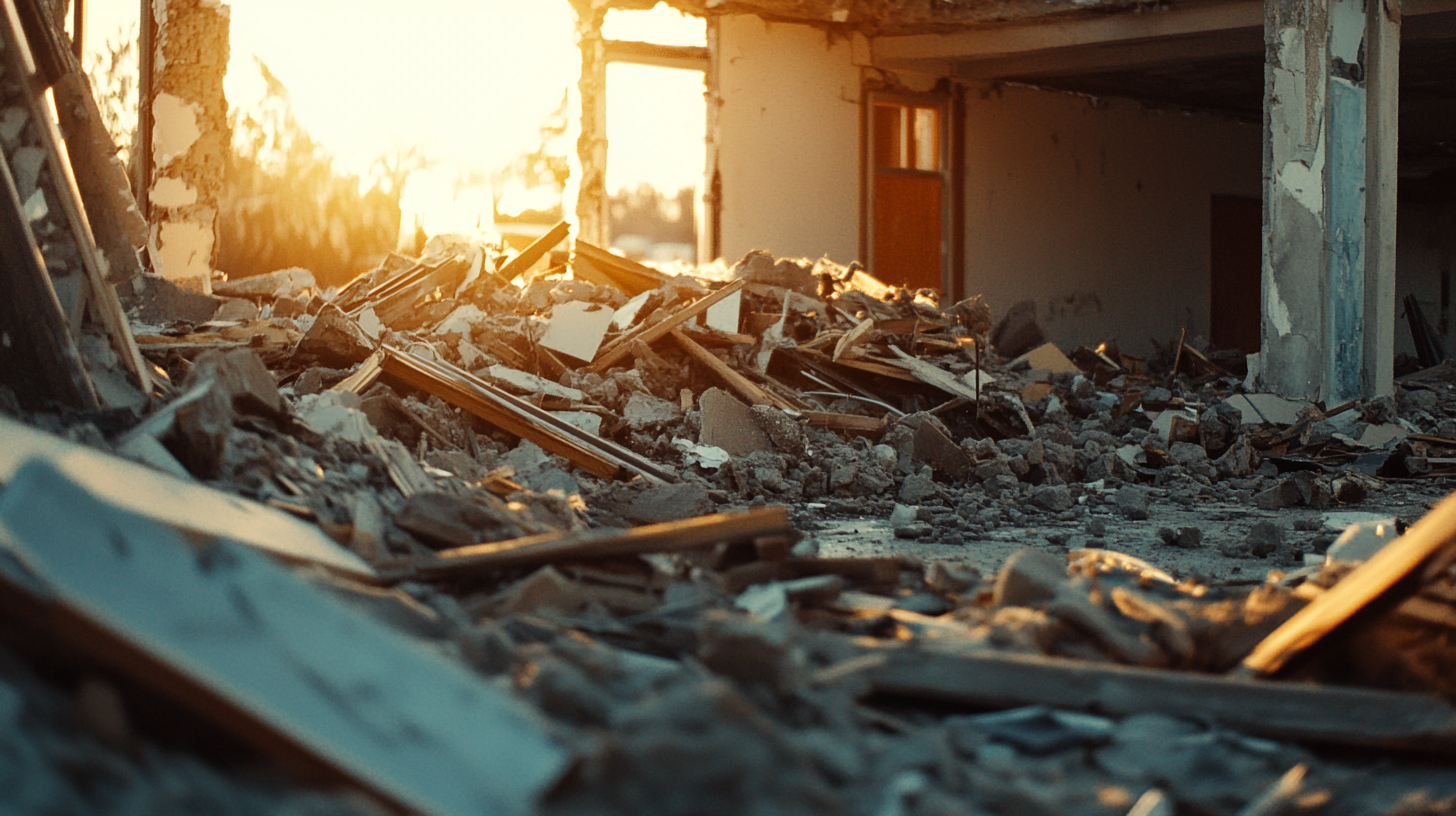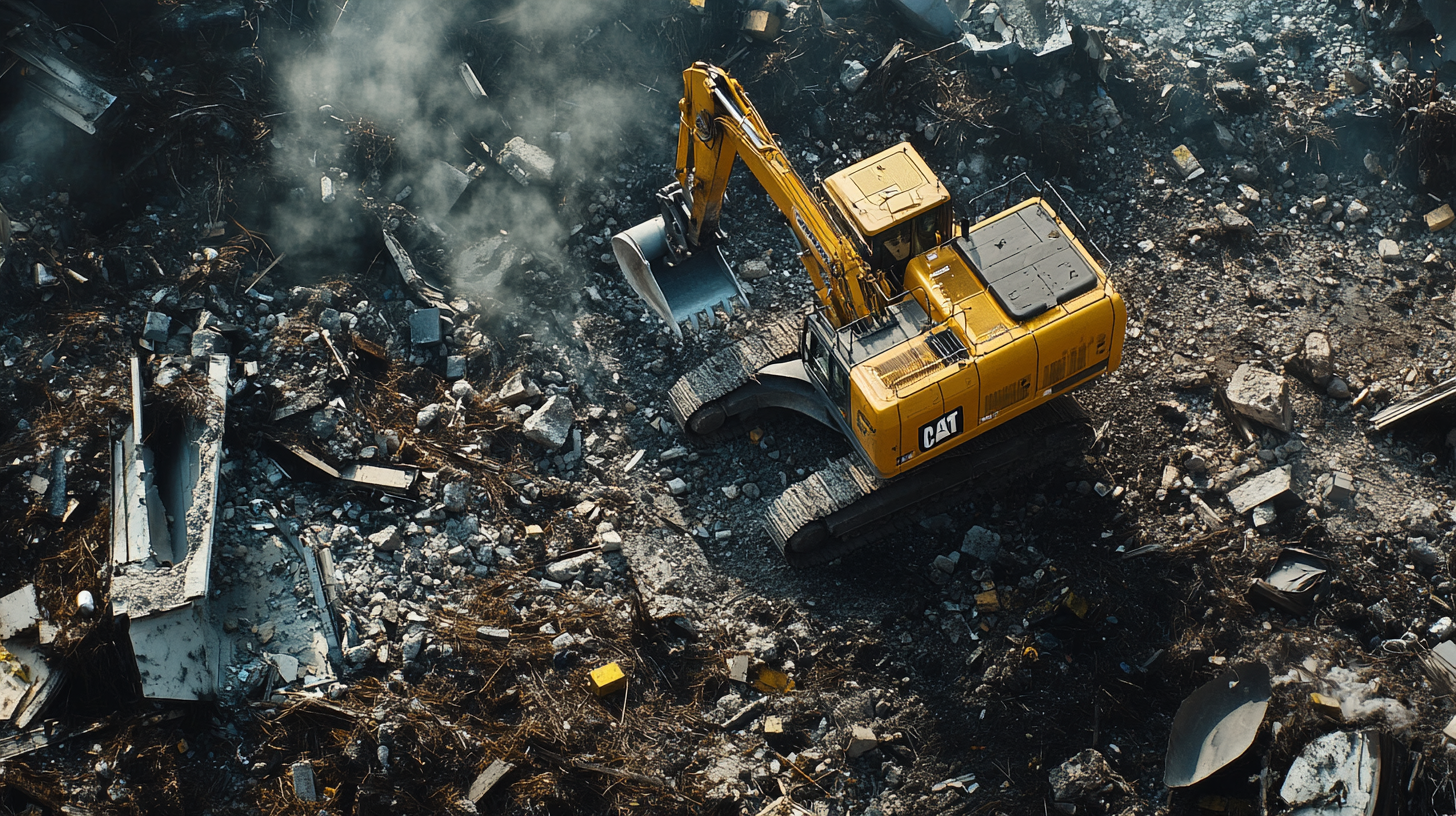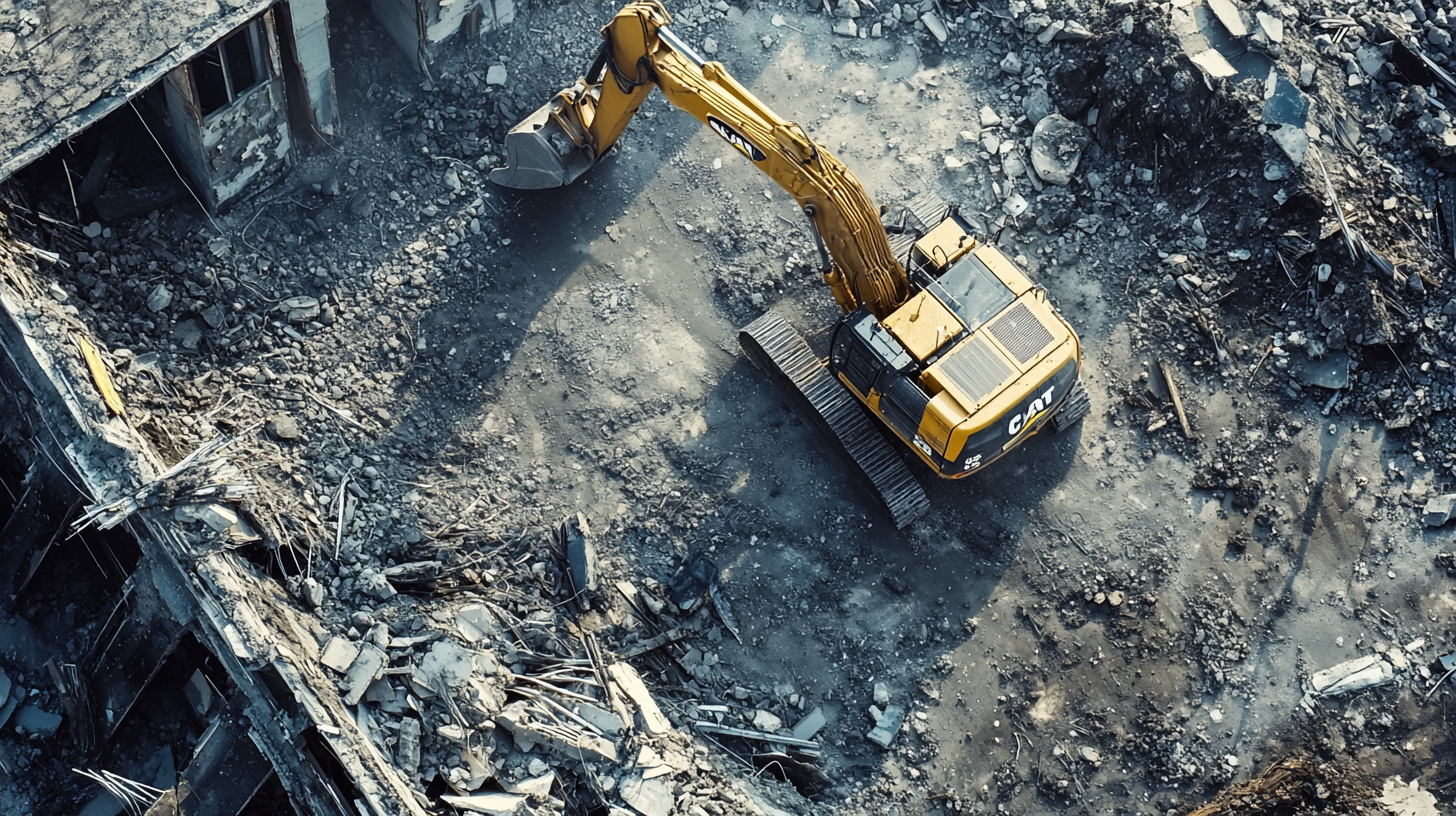Welcome to our latest blog post, where we delve into the important topic of cleaning mold in crawl spaces and the common mistakes to avoid during the process. Mold growth in crawl spaces can pose health risks and structural damage if not addressed promptly and properly. In this article, we will highlight some key pitfalls to steer clear of when tackling mold remediation in crawl spaces, helping you navigate the process effectively and safely.
Tips for Crawl Space Cleaning
When it comes to dealing with mold in crawl spaces, proper remediation is crucial to ensure the health and safety of your home. However, there are common missteps that homeowners often make during the mold removal process. In this blog post, we'll explore some of these missteps and provide valuable tips to help you navigate crawl space cleaning effectively.
One common mistake is failing to identify the source of moisture. Mold thrives in damp environments, so addressing the underlying cause of the moisture is essential for successful mold removal. Before diving into the cleaning process, thoroughly inspect your crawl space for any leaks, condensation, or plumbing issues that may be contributing to the moisture problem. Fixing these issues and implementing proper moisture control measures, such as installing vapor barriers and improving ventilation, will help prevent mold recurrence.
Another misstep is inadequate protection during the cleaning process. Mold spores can be harmful when inhaled, so wearing appropriate personal protective equipment (PPE) is crucial. This includes gloves, goggles, a respirator, and protective clothing. Additionally, it's important to contain the work area to prevent mold spores from spreading to other parts of your home. Use plastic sheeting and create a containment barrier around the crawl space entrance to minimize cross-contamination.
By avoiding these common missteps and following proper mold removal practices, you can effectively clean your crawl space and create a healthier environment for your home. Remember, if you're unsure or dealing with extensive mold growth, it's best to consult with a professional mold remediation specialist who can provide expert guidance and ensure a thorough and safe cleanup.
Tools for Crawl Space Cleaning
Cleaning a crawl space can be a challenging task, but having the right tools can make the job more manageable and efficient. Whether you're dealing with mold remediation, general cleaning, or maintenance tasks, having the appropriate tools at your disposal is crucial. In this blog post, we will highlight some essential tools for crawl space cleaning to help you tackle the job effectively.
- Protective Gear: Before diving into any crawl space cleaning project, it's crucial to prioritize safety. Wear proper personal protective equipment (PPE) such as gloves, goggles, a respirator, and protective clothing to shield yourself from mold spores, dust, and potential contaminants. This gear will protect you from respiratory irritants and other hazards, ensuring a safe working environment.
- Flashlights and Headlamps: Crawl spaces are often dark and cramped, making visibility a challenge. Invest in high-quality flashlights or headlamps to illuminate the space and allow you to see any potential mold growth, water damage, or other issues. Opt for models with adjustable beams or hands-free options to provide flexibility and ease during the cleaning process.
- Moisture Meter: Moisture is a common culprit behind mold growth and other crawl space issues. A moisture meter is a handy tool that helps you detect and measure moisture levels accurately. By identifying areas with high moisture content, you can target those areas for proper remediation and implement effective moisture control measures to prevent future problems.
- HEPA Vacuum: When removing dust, debris, or mold spores from a crawl space, a HEPA vacuum is an invaluable tool. HEPA (High-Efficiency Particulate Air) filters are designed to capture even the tiniest particles, including mold spores and allergens, ensuring thorough cleaning and preventing them from being redistributed into the air.
- Long-Handled Brushes and Scrubbers: Cleaning surfaces in a crawl space can be challenging due to limited access and tight spaces. Invest in long-handled brushes and scrubbers to reach difficult areas and effectively remove mold, dirt, or other contaminants. Look for brushes with durable bristles that can withstand rigorous scrubbing without damaging surfaces.
Having the right tools for crawl space cleaning can significantly simplify the process and help you achieve thorough results. Prioritize safety, invest in quality equipment, and consider consulting with professionals for guidance and recommendations tailored to your specific crawl space needs. With the proper tools and knowledge, you can effectively clean and maintain your crawl space, promoting a healthier and safer environment.
How to Prevent Mistakes When Removing Mold from Crawl Spaces
Removing mold from crawl spaces is a task that requires caution, attention to detail, and adherence to proper procedures. To ensure a successful mold remediation process while avoiding common mistakes, it's essential to follow preventive measures and employ best practices. In this blog post, we will discuss some key steps to help you prevent mistakes when removing mold from crawl spaces.
First and foremost, before starting the mold removal process, it's crucial to conduct a thorough inspection of your crawl space. Identify any sources of moisture that may be contributing to the mold growth and address them accordingly. Repairing leaks, improving drainage, and enhancing ventilation can help prevent future mold issues. By addressing the underlying moisture problem, you tackle the root cause of mold growth and reduce the likelihood of recurrence.
Next, proper personal protective equipment (PPE) is essential to ensure your safety during mold removal. Wear gloves, goggles, a respirator, and protective clothing to protect yourself from mold spores and potential contaminants. Additionally, consider isolating the work area by creating a containment barrier with plastic sheeting. This helps prevent mold spores from spreading to other parts of your home during the cleaning process. Proper containment also minimizes the risk of cross-contamination, ensuring that mold is effectively contained and removed.
By following these preventive measures and employing best practices, you can navigate the process of mold removal in crawl spaces with confidence and minimize the risk of mistakes. However, if you're dealing with extensive mold growth or are uncertain about the proper procedures, it's advisable to consult with a professional mold remediation specialist who can provide expert guidance and ensure a thorough and safe cleanup.
FAQs
Contact Bull City Crawlspace Today!
Bull City Crawlspace will do everything we can to ensure your experience with us is excellent.
Request A FREE Estimate
Request a Free Estimate Form
Checkout Recent Post




Got a Question? We’re Here to Help.
You can arrange an appointment or make an enquiry by phone or email, orget in touch to us via our contact form.

